Bromeliads in Brazil - photos from trip
Lars
6 years ago
last modified: 6 years ago
Featured Answer
Sort by:Oldest
Comments (21)
Related Discussions
SoCal trip in photos
Comments (7)Hi philofan, some really neat photos there,thanks for the posting. That Hechtia scariosa (?) pic is kind of like the photo of H.glabra on the fcbs site.[ H.scariosa and H.texensis are synonyms.] Quoting from an article from Flora of North America, "H.texensis was considered to be endemic to Texas and known only from the type collection,while all other collections from trans-Pecos Texas (except H.glomerata)were reconized as H.scariosa [skiping some of it here],When flowers of the same sex from each taxon were compared,it was impossible to distinguish H.texensis from H.scariosa,using sepal shape or other floral characteristics (K.Burt Utley & J F Utley,1987)" I plan on starting a new thread soon,of an article written by Mulford B.Foster,that always interested me regarding how a species can change appearence as the "growing*conditions" for it change.[plug for *Lisa here] ;)) But back to your photos,it would seem easy to ID the hechtias,however,depending on where they were obtained from,likely from various areas in nearby Mexico,the ID's can be easily correct,or incorrect,due to the 'growing conditions' of the area collected. But re: your scariosa/texensis (?) pic, if you compare those plants spines to those on H.glabra (see fcbs),you will notice that the spines all point forward,which to me seems to make it a H.glabra. On the true texensis/scariosa plants,the spines point both forward and backward. And that last pic ( a real beauty) it may be H.argentea,or possibly even a Deut.longipetala.Difficult to say for sure,at least for me. I hope Stephania can add his experiance to this for some ID input also. A couple of my photos of Hechtia clumps: Likely a H.texensis or scariosa species plant Unidentified Hechtia species...See MoreA recent trip to Michael's Bromeliads
Comments (16)thanks form the picks jhans4 there great but it isnt of any use to me dont think that customs would appritiate me trying to bring a half a dozzan plants back here oh well. kerry or any one from australia is there any thing like that here if not we sould get together and make one, hmm that would be fun having hundreds, oops i mean thousands of broms out the back...See MoreCSSA Journal on bromeliads
Comments (21)OK,hdd...I went to the BG today,just to find out for you..[well,not exactly,but that sounded good ;) ]...Anyway its a large bush of CROTON. Looks like a ball,but thats just the top half,as the trunk is hidden by the fountain. They do not know the species of Croton,so maybe you can Google up an ID.It has longer narrower leaves.Its been growing there for so many years,that its older than any employee now working there. Now you can sleep tonight. Bob...See MoreO/T Travel to Brazil
Comments (46)Yesterday I filled out my visa application on-line (as required by the Consulate), and it took about an hour. They require you to scan and upload a 2"x2" passport type photo (and I had to get a new one made) that is less than 6 months old, and this must be uploaded to the application, along with a scanned signature, plus a scan of your passport and airline ticket. The last two are optional, but I included them anyway. I had to reinstall my scanner in order to do this, and it took me a while to get it working properly. They also ask for all of your names and names of your parents. My birth certificate name is different from my passport name, and so I had to include both. Next I will have to make an appointment with the Consulate in Beverly Hills, and they are open only two hours a day. I also have to glue a copy of the 2"x2" photo to my application, and we are going to get some rubber cement for that, which we currently do not have. We also have to get U.S. postal money orders for $160 for each application - no other type of payment is accepted. The reason for this price is retribution for the price that the U.S. charges Brazilian citizens. I think there will also be an exit fee when we try to leave Brazil, like the $20 we had to pay to leave Costa Rica, and I will need to find out what that will be ahead of time. We're going in the "off" season, and so I haven't made hotel reservations yet, but there should be plenty of options. However, some hotels are closed in June, due to lack of activity....See MoreLars
6 years agosplinter1804
6 years agoLars/J. Robert Scott
6 years agoLars
6 years agolast modified: 6 years agoLars
6 years agosplinter1804
6 years agoLars
6 years agolast modified: 6 years agoLars
6 years agoLars
6 years agolast modified: 6 years agoLars
6 years agolast modified: 6 years agoLars
6 years agolast modified: 6 years ago
Related Stories
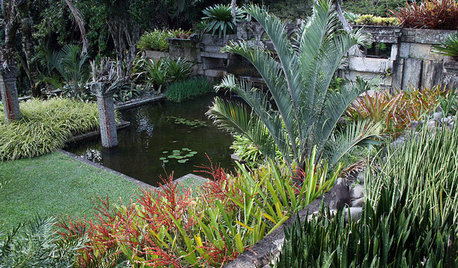
LANDSCAPE DESIGNArtistic Planting Ideas From a Brazilian Superstar
His abstract designs and native plantings changed the face of landscape architecture. Could Roberto Burle Marx’s style enhance your garden?
Full Story
DECORATING GUIDESFrom Queasy Colors to Killer Tables: Your Worst Decorating Mistakes
Houzzers spill the beans about buying blunders, painting problems and DIY disasters
Full Story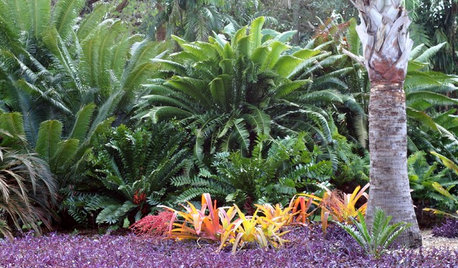
PLANTING IDEAS8 Design Tricks From Sunny Botanical Gardens
Take a yard from stale to stupendous with ideas from these expertly designed gardens in the U.S. Sunbelt
Full Story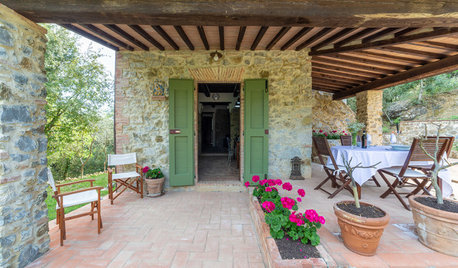
WORLD OF DESIGNInternational Styles: Home Inspiration From Around the World
Take a peek at some standout spaces — a cozy U.K. cottage, a gorgeous Tuscan patio, an airy home in Singapore and more
Full Story
KITCHEN DESIGNTrending Now: 25 Kitchen Photos Houzzers Can’t Get Enough Of
Use the kitchens that have been added to the most ideabooks in the last few months to inspire your dream project
Full Story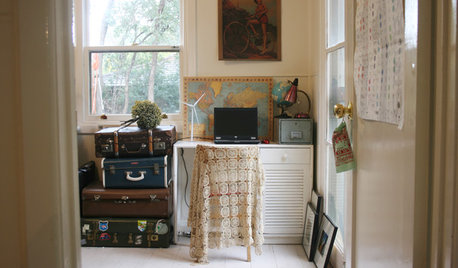
MOVINGMaking a Home Away From Home
Feeling like a stranger in a strange land? These tips can help ease the transition after a big move
Full Story
FUN HOUZZDon’t Be a Stickybeak — and Other Home-Related Lingo From Abroad
Need to hire a contractor or buy a certain piece of furniture in the U.K. or Australia? Keep this guide at hand
Full Story
DECORATING GUIDESAn Expat’s Guide to Making a Home Away From Home
How do you stay balanced when each foot is in a different culture? You take a stand where you hang your hat
Full Story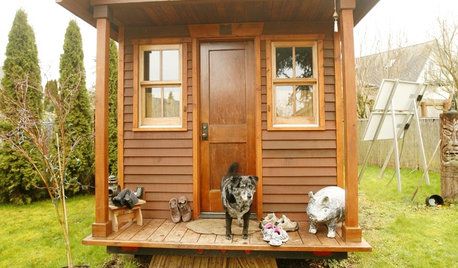
SMALL SPACESLife Lessons From 10 Years of Living in 84 Square Feet
Dee Williams was looking for a richer life. She found it by moving into a very tiny house
Full Story
PORCH OF THE WEEKA Wraparound Goes From Unwelcoming to Irresistible
Renovating the porch adds neighborliness and charm to this 1908 Florida home
Full StoryMore Discussions



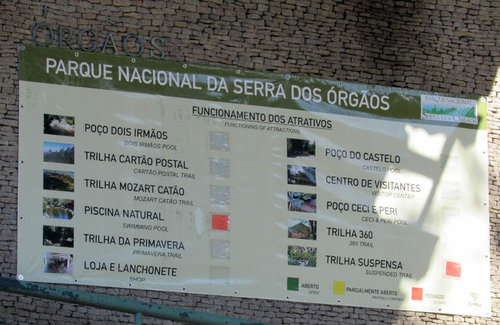



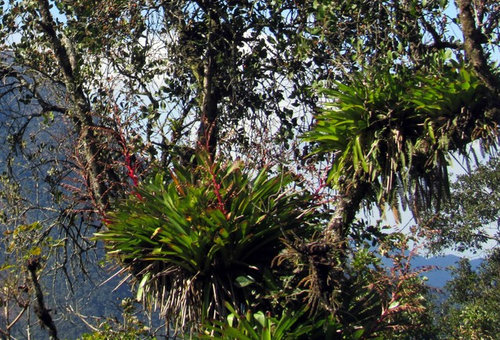



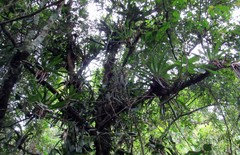

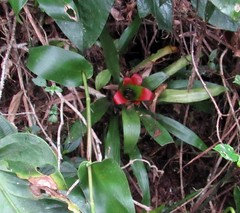


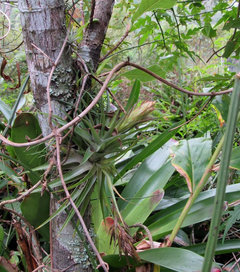




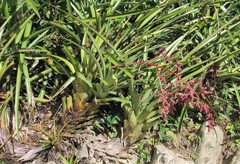




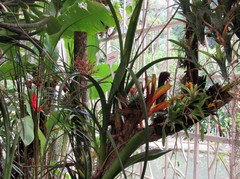



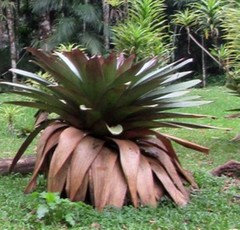

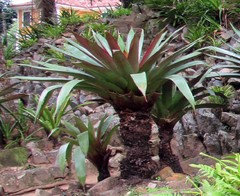










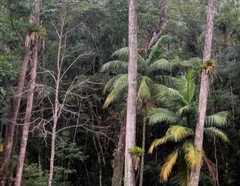

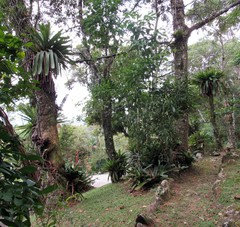





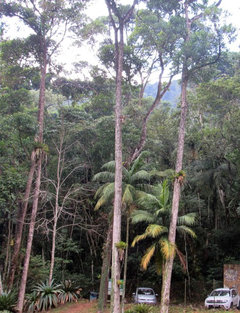
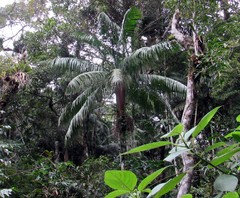











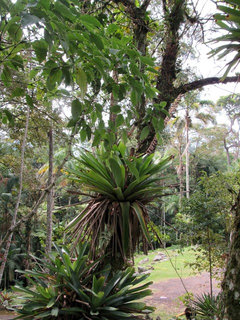

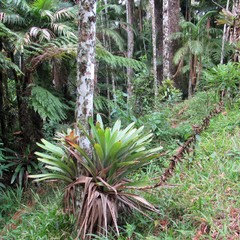



tsugajunkie z5 SE WI ♱